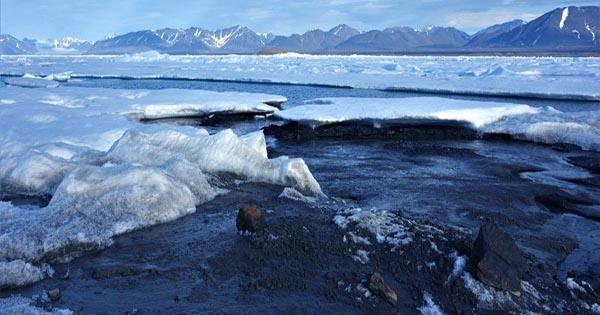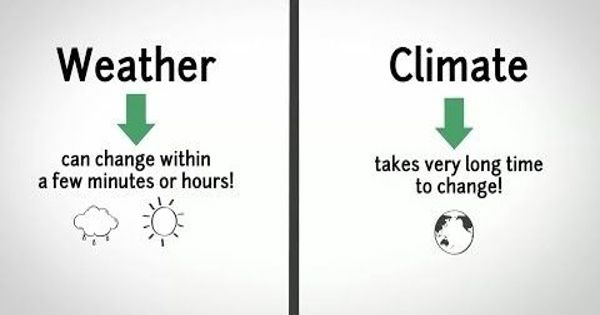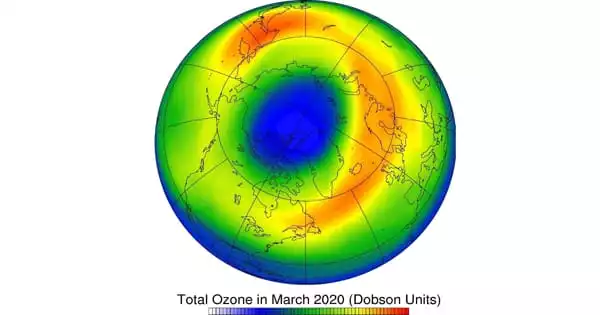Greenland and the Danish Commonwealth have just grown a smidgeon. According to scientists, the planet’s northernmost island was discovered by mistake.
The yet-to-be-named island, which measures only 30 by 60 meters (98 by 197 feet), is located 780 meters (2,559 feet) north of Oodaaq, a far-northern Greenland island discovered by a Danish survey team in 1978. The discovery of this small but powerful island began when a team from the University of Copenhagen in Denmark set out to collect samples in the far north of Greenland, where they landed on Oodaaq Island – or so they believed.
“In a statement, Morten Rasch, expedition leader from the University of Copenhagen’s Department of Geosciences and Natural Resource Management, said, “We were confident that we were standing on Oodaaq Island.” “However, when I shared images and the island’s coordinates on social media, a number of American island hunters went insane and stated it couldn’t be true,” says the author “Rasch elaborated.
The team approached a colleague at the Technical University of Denmark after seeing these comments on social media. Together, they utilized the GPS on the island’s helicopter to determine that this was not Oodaaq, but rather a newly discovered island.
While the South Pole is located on land in Antarctica, the North Pole is located in the Arctic Ocean, in seas that are nearly always covered by fluctuating sea ice. At a distance of 705 kilometers (438 miles), Oodaaq Island was originally thought to be the closest landmass to the North Pole, making it the most northerly point of land on Earth by some definitions. This newly discovered island, though, looks to have taken the lead by less than half a mile.
However, it is unknown how long this island will remain. The island is made up of mud from the seafloor and moraine, which is a rocky soil element left behind by a flowing glacier. The crew believes it appeared recently when a storm and rough waves gradually dredged up the items from the water and piled them up into a mound.
Unfortunately, freshly constructed islands have an easy time coming and going. Given the island’s fragile geology, it’s likely that a stormy wave might quickly wipe it out. Greenland and the Danish Commonwealth are, for the time being, slightly larger than they were previously.
“Nobody knows how long it will be like this. It might theoretically evaporate as soon as a major fresh storm strikes “Rasch added.
















